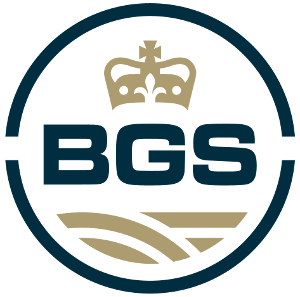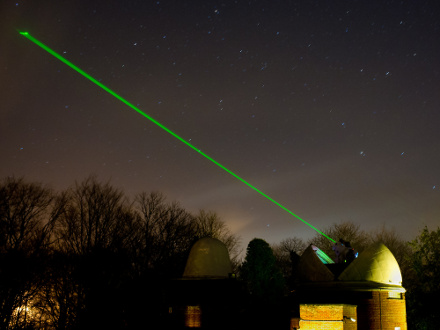SGF final orbit NP range residuals
Orbital arcs from the daily NSGF 7-day solution are used to compute range residuals for every Normal Point submitted by ILRS stations.
SLR analysis, using a software package developed in-house over many years (SATAN), of all available laser range data from the LAGEOS and Etalon geodetic satellites is carried out each day to compute tracking station coordinates and Earth orientation parameters.
In the final stages of the analysis procedure, best-fit 7-day arcs are generated using the laser range data observations to LAGEOS 1 and 2 and ETALON 1 and 2 by the ILRS network in that period. The orbital fits typically have a standard deviation of approximately 1-2 cm.
Over a 7 day period these satellites are observed multiple times by many stations as they repeatedly orbit the Earth. LAGEOS observations are usually only prevented by local weather conditions and Etalon, being a more difficult target, is more commonly observed at night.
These residual plots can be used by SLR stations as a diagnostic of range measurement quality on a single Normal Point basis. Particularly valuable in this context are times when more than one station is ranging simultaneously to a given satellite.
The 7-day orbits are smoothed averages and so do not adjust for the pass by pass differences caused by small changes in atmospheric drag, solar pressure and geopotential. This results in individual pass laser observations appearing as slopes on the plot.
Interactive plots of the residuals to the latest 7-day arc for each satellite are listed below:


